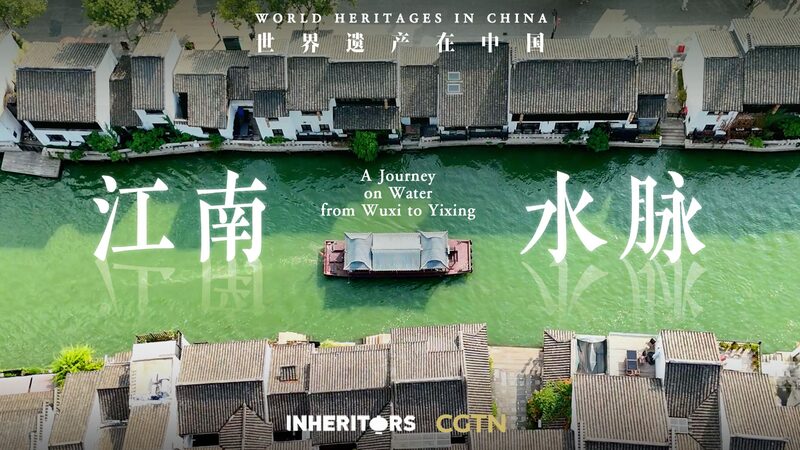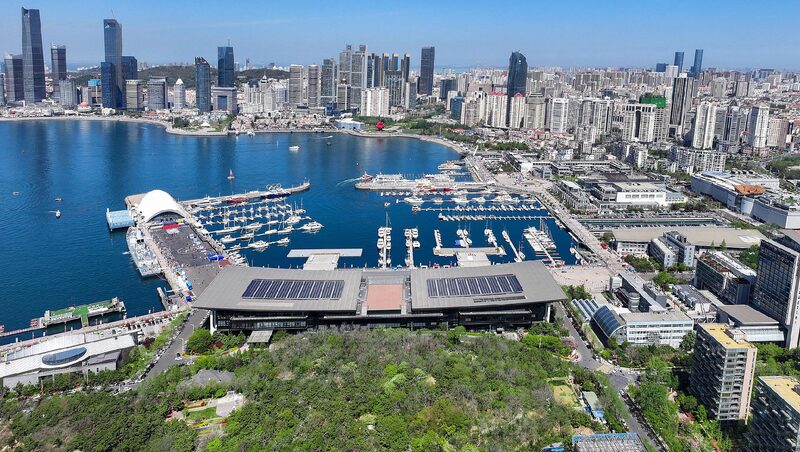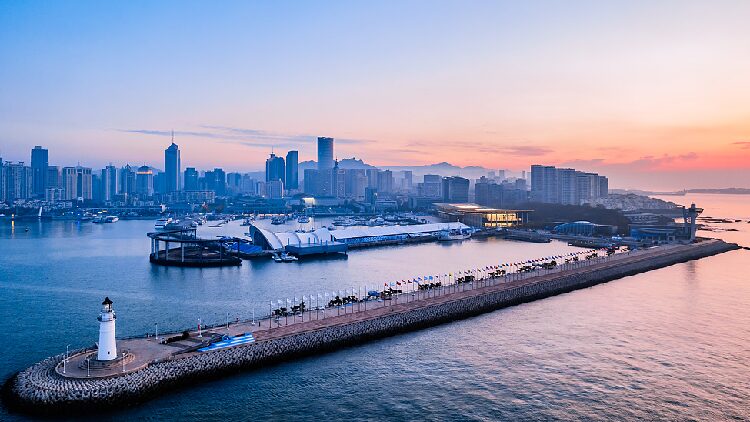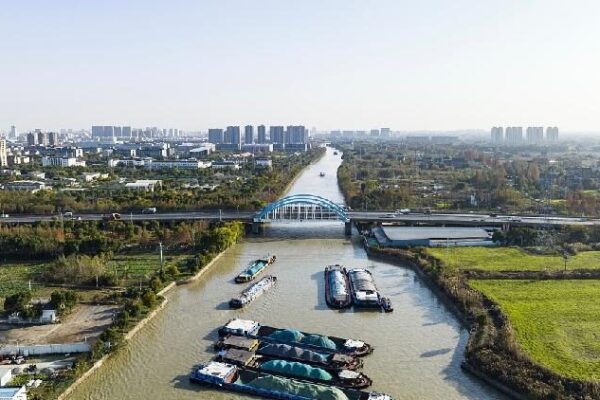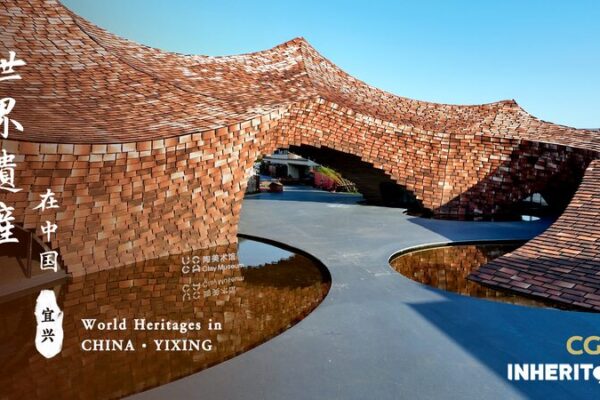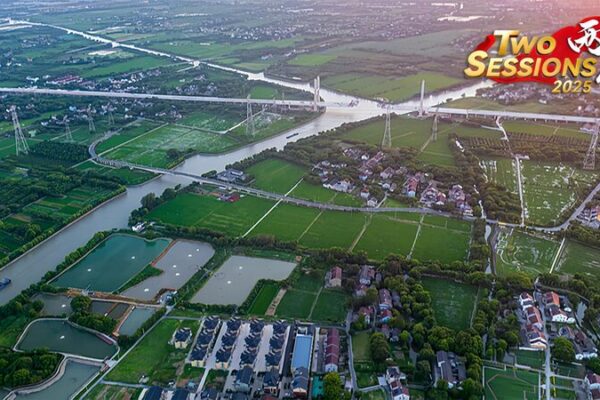From Wuxi to Yixing: Sailing Through China’s City Born of Water
Water has always been the lifeblood of civilizations, carving paths and nurturing cities along its course. In China, the city of Wuxi stands as a testament to the profound influence of waterways on urban development and cultural identity.
Nestled along the historic Grand Canal, Wuxi’s story is one deeply intertwined with water. The Grand Canal, a UNESCO World Heritage site, is the longest and oldest canal in the world, stretching over 1,700 kilometers. It has been a crucial conduit for economic and cultural exchange since its inception in the 5th century BCE.
The journey from Wuxi to Yixing offers a unique glimpse into this watery heritage. As boats glide along the canal, travelers can witness how the waterways have shaped the landscapes and lives of those who call this region home.
Wuxi, often referred to as the ‘Pearl of Lake Tai,’ owes much of its prosperity to its strategic location by the water. The city’s canals and lakes have not only facilitated trade but also inspired generations of artists and poets. The reflections of ancient bridges and traditional architecture on the canal’s surface create a picturesque scene that blends history with natural beauty.
Continuing to Yixing, known for its distinctive pottery, the influence of water remains evident. The clay used in Yixing’s famous teapots is sourced from the banks of Lake Tai, further highlighting how water resources contribute to cultural traditions.
The symbiotic relationship between these cities and their waterways underscores the importance of water in shaping identities and livelihoods. For travelers and locals alike, the journey from Wuxi to Yixing is more than just a passage through geography—it’s a voyage through time, culture, and the enduring bond between people and water.
Reference(s):
cgtn.com
